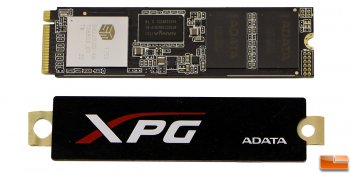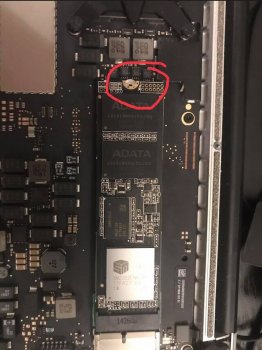False, it is not redundant since there is a difference between Sleep and Hibernate mode 0. The first puts the computer in a low powered stated to allow the system to quickly resume working, multiple components including CPU, SSD and Ram are put in low power mode and this is where battery consumption is increased when you use an NVME drive since it does not have the ability to put NVME drives in their lowest power state. The second powers off all components of the mac except the RAM where the contents are stored, as such the computer can stay in this state for longer periods of time. If you leave standby on then there is a period of time for which the mac is not completely powered off and users will experience significant battery drain until standbydelayhigh/standbydelaylow minutes have elapsed. This is why it is recommended to disable standby as well.Sleep is saving contents to RAM.
Hibernate is saving contents to the disk.
Hibernate 0 disables hibernation.
Standby is how long it takes before going from sleep to hibernate. Seems redundant to change if hibernate is disabled.
You may not consider mode 0 to be a form of hibernation, even though it is, but the point still stands that there is a difference between sleep and mode 0. The default hibernate mode of macs is actually mode 3 which is a combination of 0 and 25, essentially by disabling standby and not letting your battery die when the lid is closed you would effectively be achieving the same thing as mode 0 and standby disabled, only if your battery dies you'd have the wake up problem that 2013/2014 macs experience because mode 3 will attempt to restore the contents from the disk.



